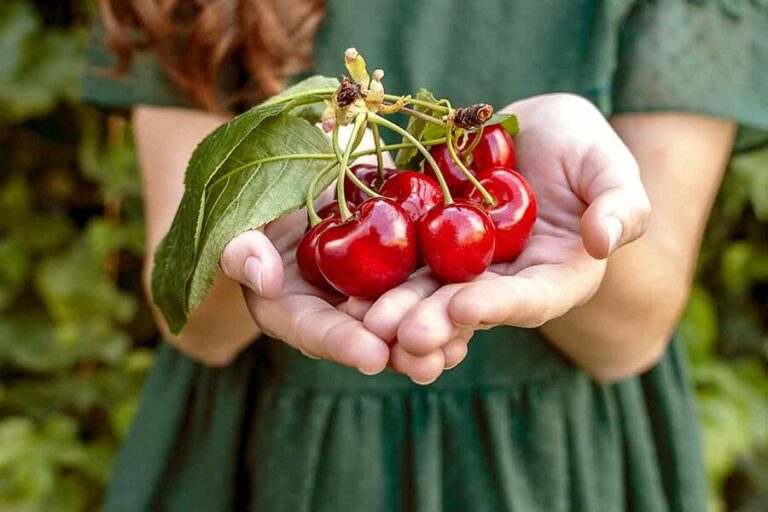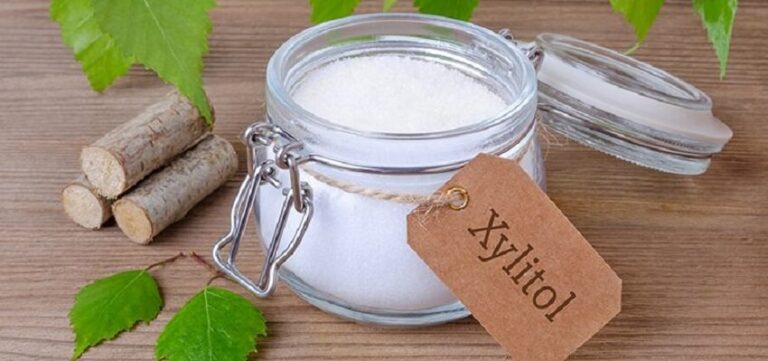The health and digestion benefits of soluble fiber are well known. A diet rich in soluble fiber is recommended both for weight loss and to improve metabolic health.
Since soluble fiber can absorb water, it turns into a kind of gel in the digestive system. This makes foods with soluble fiber the best allies for miclofora and is associated with other benefits for gut health.
Read on to find out what soluble fiber is and exactly where it is found.
Soluble Fiber – What is it?
Fiber is a type of complex carbohydrate found in plant foods. Due to its ability to dissolve in water, fiber can be classified as insoluble and soluble.
Soluble fiber turns into a jelly-like substance in the gastrointestinal tract. On the other hand, insoluble fiber has a thicker structure and passes through the stomach without undergoing major changes.
Both types of dietary fibers are of vital importance for the proper functioning of the body. For example they serve for the mechanical movement of food through the intestines. But soluble fiber is associated with better benefits.
Types of soluble fiber
Pectin polysaccharide is the most common type of soluble fiber. Pectins are found in large quantities in fruits, the structure of jams and preserves is due precisely to the presence of said soluble fiber. When pectin absorbs water it turns into a dense gel.
Chewing gum is another kind of water soluble fiber. This group includes carrageenan, agar, beta-glucan, guar gum, and others. These substances are mainly used in the food industry to achieve density and consistency, for example in yogurts and smoothies.
Where is it located?
Most natural foods contain both types of fiber at the same time. However, some foods like legumes, chia seeds, and avocados have higher amounts.
Vegetables and cereals (with the exception of oats and barley) have mainly insoluble dietary fiber and fruits, soluble.
Here are 10 foods with a lot of soluble fiber.
1. Avena
The oatmeal containing one type of soluble fiber called beta-glucan. The health benefits of beta-glucan include its ability to lower bad cholesterol levels in the blood, as well as it may reduce the risk of colon cancer. Additionally, oatmeal provides long-term satiety.
2. Chia seeds
The chia seeds are leaders in mineral content and beneficial nutrients per gram of product. Additionally, chia seeds contain a rare type of soluble fiber that can absorb large amounts of fluid, ensuring long-term satiety and proper stomach function.
3. Legumes
Legumes (both beans, chickpeas, and lentils) are an important source of healthy soluble fiber. On average, 100g of dried beans represents up to 9-13g of dietary fiber, and about half of this is soluble.
5. Avocados
In addition to the fact that avocados are one of the most complete foods in terms of vitamins and minerals, another of their properties is that they are a good source of soluble fiber. An avocado contains 13.5 grams of dietary fiber of which 3.6 grams are soluble.
6. Mushrooms
Dried mushrooms are not only an excellent source of high-quality plant protein , but also a high-fiber food. Depending on the type of mushrooms and the degree of drying, they can have up to 5-10 g of soluble fiber on 100 g of product.
7. Nuts
Soluble fiber makes up about half of the total dietary fiber content in nuts. They are found in greater quantities in walnuts. However, remember that nuts are rich not only in fiber, but also in calories, so you should consume them in moderation.
8. Fruits
Most fruits are high in soluble fiber. In apples it is found in the form of pectin, approximately 2 g per 100 g of product. Strawberries, wild strawberries, blueberries, and other berries also have comparable amounts. When making jams the soluble fiber content per 100 g increases.
9. Sweet potatoes and carrots
Strictly speaking, in vegetables, the fiber is mainly found in the skin, and it is mostly insoluble. However, some vegetables contain soluble fiber in their pulp. An example is sweet potatoes and carrots.
10. Pearl barley
The pearl barley owes its name to the pearls (in English pearl), since the pearl grains resemble it in shape. The volume of pearl barley is 5-6 times greater than the volume of the original dry cereal; This great capacity to absorb water is explained precisely by the large amount of soluble fiber.
Recommended amount of soluble fiber per day
The recommended fiber intake per day is approximately 20-30 g. Since most food products contain soluble and insoluble fiber, most nutritionists do not give separate recommendations on the types of dietary fiber.
Keep in mind that the typical city dweller’s diet contains 2-3 times less fiber than is necessary for health. (1,2) That is why doctors recommend the daily consumption of not only vegetables, but also 1 to 2 fruits, even as a source of soluble fiber.
ABSTRACT
Soluble fiber is a type of indigestible carbohydrate that can absorb water. Once in the stomach, this fiber turns into a jelly-like substance that serves as a breeding ground for beneficial bacteria. Soluble fiber also helps control blood glucose and cholesterol levels and can help you lose weight.







